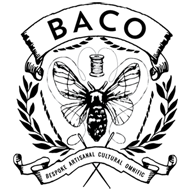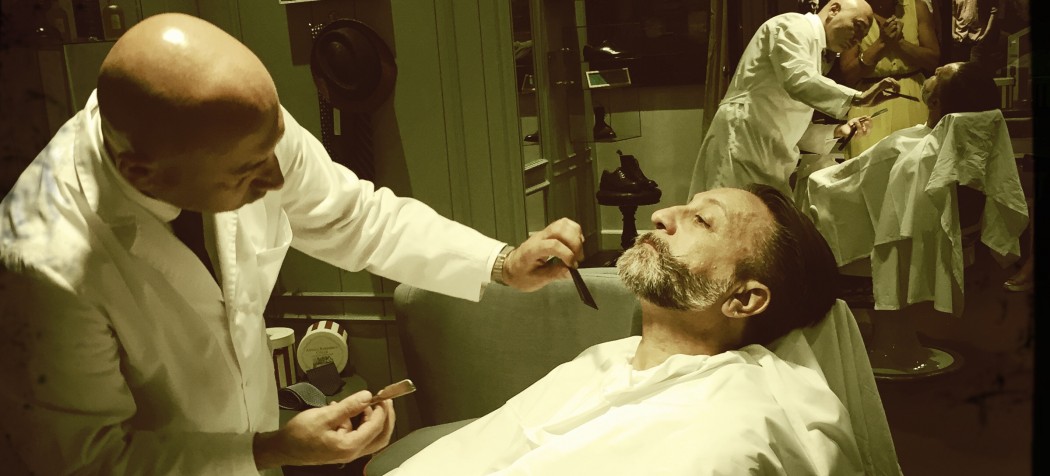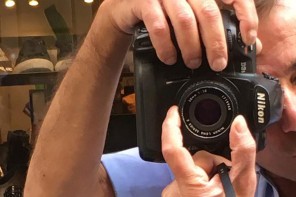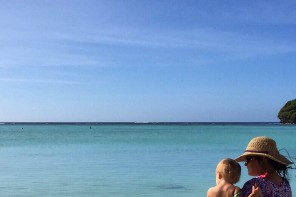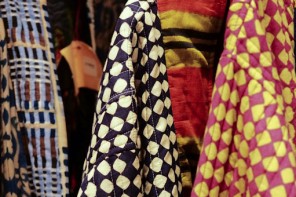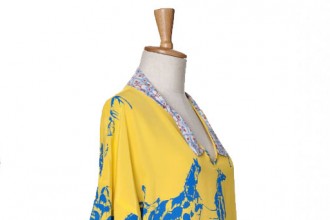The idea of a traditional barber shop reached its heydey after World War I and II, when men were forced to cut their hair “crew cut” style due to the need for intense hygeine and uniformity.
In Italy, the idea of a barber shop became popular much earlier – in Milan anyways, the first and most important barber shop, Antica Barbieria Colla was established in 1904, when horse-drawn carriages carted the city’s aristocracy to La Scala and men doned wavy side-swept bangs and bushy or curly mustaches.
The hippie generation of the 60s and 70s changed all that with their wanderlust, nomadic looks. But today, with all the dandies out there fueling a desire to look picture-perfect-polished, an experienced barber and his special potions are hot commodities.
The facet of society that is today considered the “fashionable set,” may look slovenly in dress, but more and more there is a very curated approach to looking deshoveled. Barber shops like Florene’s Proraso, are using their old techniques and toiletries to cater to the growing hipster crowd.
We also have to consider how men are shaping the ultra-competitive cosmetic industry, and how more astute luxury consumers are in fact male and desire more artisanal, traditional and rare perfumes, lotions and grooming accessories.
Over the next two weeks, we will take you on a journey to some of the old and new names steering the barber shop’s revival.
BACI,
Sofia
ISSUE NO. 23 The Barber Shop Revival: THE EDITOR’s EXPERIENCE: Antica Barbieria Colla, Cedes: High-End Accessories for Gentlemen, PRORASIO: A Modern Spin on the Old Barber, Marco Finardi of Marfin: Opting for the Artisan Life , Al Pascia': Pipes to Leather Goods , F. Hammann 1864’s 5th Generation
